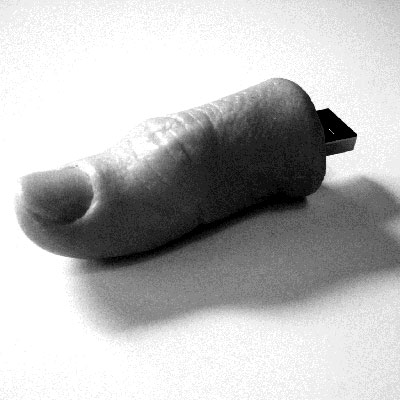One of the products I looked after during my time at Facebook is push notifications. I learned a lot about how to use them for users’ delight, what works and what doesn’t. This is the purpose of this article, which I originally wrote for the Huffington Post.
Read the original Article at Huffington Post
“Driving consumer engagement in apps has become a top challenge for mobile marketers and developers. Because it’s so expensive and difficult to get noticed on the App Store in the first place, making sure you engage any consumer who has already downloaded your app is essential. On mobile phones, “push notifications” are one of the best and most cost effective ways to keep your users to keep using your app. Push notifications are alerts sent to a smartphone’s home screen on behalf of an app. You’ve probably noticed them on your own phone – they pop up when you get a new email, a friend makes an update on Facebook or your crops are ready to harvest on Hay Day.
And while they’re effective at increasing user engagement, you have to be careful not to turn users off by over-communicating or sending notifications for the wrong reasons. To help you get the most out of your push notification program, here are some best practices I’ve learned by managing notifications for many different apps, including during my time at Facebook.
Best practice #1: set up a baseline & key metrics.
Push notifications primarily drive user engagement. Send too many and you risk upsetting users and getting them to ignore your most important messages. Send too few and you’re missing out. To find the right balance, it’s important to map out the effectiveness of your notifications.
– Create an inventory of key consumer events throughout your engagement funnel. Do each event generate a notification?
– For each notification type, map out how many are sent vs. how many users act on. Is there a positive correlation between volume sent and Click-Through Rate (CTR)?
– Link push notifications to your topline engagement KPI. How does push notifications affect Daily/Weekly/Monthly Active Users (DAU, WAU, MAU)?
Best practice #2: personalize by smartly promoting, aggregating and cutting.
Once you’ve created this baseline, your next step is to work on improving your key metrics. Your most engaged users likely have different needs and expectations when it comes to what notifications they receive.
– Your most engaged users will need predictability. Unless you notice that sending this group too many notifications negatively affects engagement, you will need to make sure that they receive notifications quickly and reliably. Notifications that are location and/or time sensitive are the ones to prioritize.
– The bulk of your users will be interested in what is both important and urgent. While you want to make sure to push notifications that are both urgent and important to your users, you might consider aggregating some types of push notifications, and cutting off the one that get less than 5-7% CTR.
– You may be able to win back lapsed users with the right notifications. They might not be active enough to trigger product-related notifications, so you will want to test some retention notifications that will bring them back.
Personalizing push notifications is an ongoing effort that requires supporting A/B testing infrastructure. A key element to test is the copy, which should be specific and include a clear call-to-action.
Best practice #3: maximize push deliverability with a platform approach.
Your efforts to deliver quality push notifications will be wasted if your users opt out of receiving them, a significant risk especially on iPhones. Here’s how you can maximize push deliverability:
– Educate users on the benefits of receiving push notifications. Give them opportunities to understand what’s in it for them and to change their mind if they have opted out of receiving them.
– Leverage the capabilities of new push platform releases, such as embedded pictures, in-line responses, etc. This may mean that you adjust your KPIs because some users will be able to stay engaged without even having to launch your app.
– Set up a reliable push infrastructure to ensure that push notifications get delivered no matter the platform (iOS, Android, etc.) and the carrier (AT&T, Verizon, etc.)
Push notifications are powerful drivers of mobile engagement. By setting clear goals and metrics, personalizing and maximizing deliverability, you can make a significant impact.”

